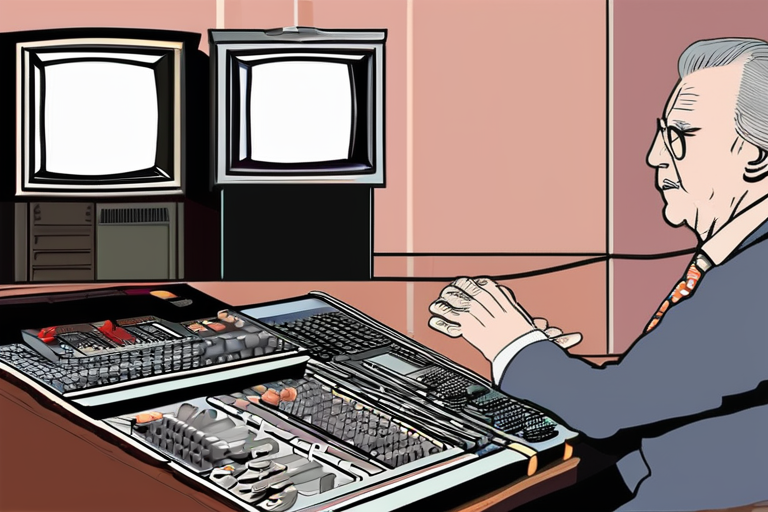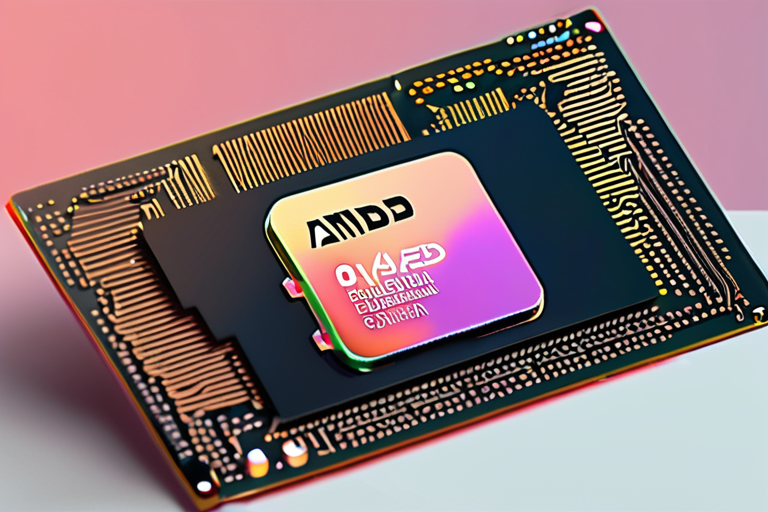Zap Energy took the wraps off its latest fusion device Tuesday at a research meeting in Long Beach, California, the latest in a string of devices the company has built in its quest to bring fusion power to market. The startup is in a race with several other startups that are all attempting to build fusion power plants capable of putting electricity on the grid in the early 2030s.
Zaps Fuze-3 device has been firing pulses of plasma at the companys headquarters in Seattle, and the results of those experiments will ultimately inform the design of the companys future demonstration plants. The Fuze-3 device was able to compress a soup of charged particles also known as plasma to more than 232,000 psi (1.6 gigapascals) and heat it to more than 21 million degrees F (11.7 million degrees C).
A slow-motion look at burning plasma inside Fuze-3.Image Credits:Zap Energy The pressure data marks a record for the type of fusion Zap is pursuing, known as a sheared-flow-stabilized Z-pinch. Zaps reactor uses electrodes to send electricity through a plasma, which causes the plasma to generate a magnetic field.
If the magnetic field is strong enough, itll heat and compress the plasma to the point where particles in the plasma fuse. The figures are useful for Zap as it pursues its goal of commercial fusion power.


























Share & Engage Share
Share this article